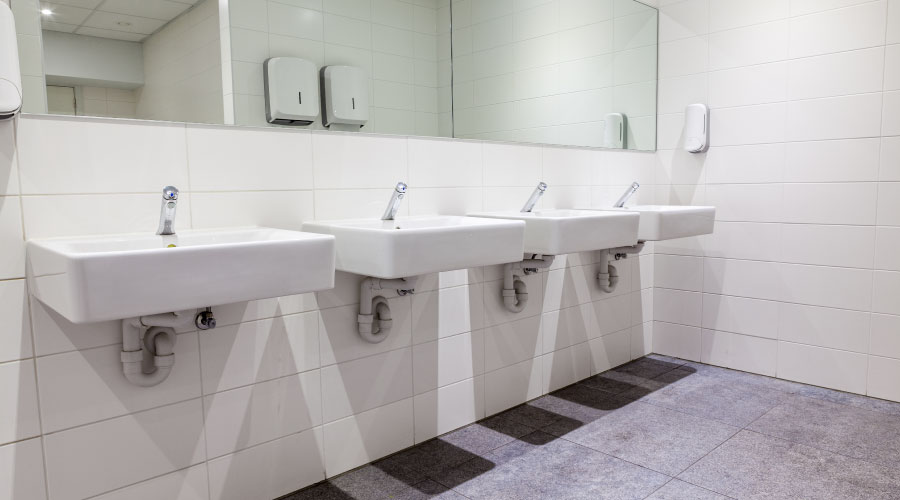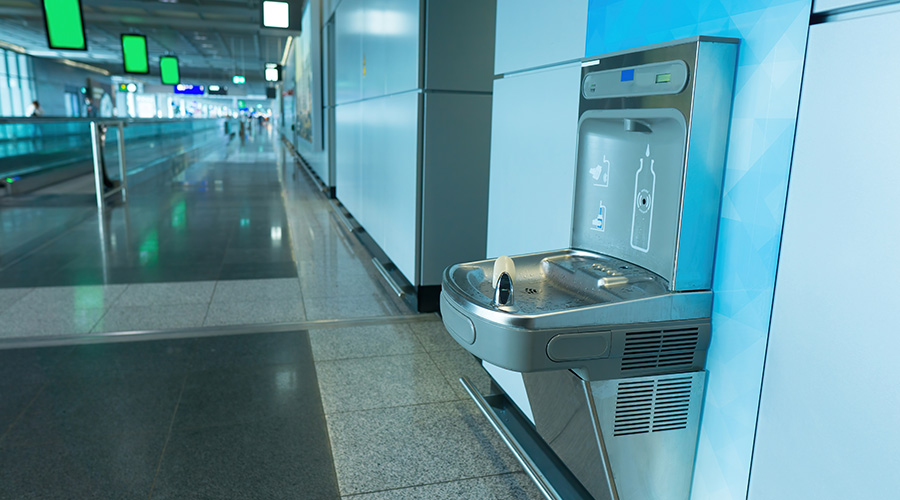How to Conduct a Water Audit
Retrofits of plumbing systems offer maintenance and engineering managers a prime opportunity to reduce water use and utility costs within their facilities, as well as make restrooms more hygienic and comfortable. But planning and executing retrofits is a complex undertaking.
The biggest challenge for managers is to anticipate — and, more importantly, take steps to avoid — the most common problems that arise in planning and carrying out plumbing system retrofits. By conducting a water audit to gauge water use and quantifying the bottom-line benefits retrofits can generate, managers can set the stage for successful projects that deliver long-term benefits.
Auditing Water Use
As rates rise for both water intake and waste discharge, managers are increasingly concerned with knowing their facilities' water consumption. To find savings opportunities, the first step is to check for leaks by measuring the flow of water when no fixtures are in use. Then managers can break down the flow by area, individual faucet, or flush valve to compare current use to the flow rates of newer fixtures.
Managers can use several methods to determine flow:
- volume conversion, where 231 cubic inches equals 1 gallon
- collection using a container of known size
- collection using a bucket and watch, measuring the time it takes to discharge a known volume.
Managers also can use a flow meter to read the rate directly in gallons per minute (gpm). Technicians can install battery-operated, digital flow meters in the water line. The meters read flow instantaneously in gpm and have integrators that read the cumulative flow over time.
Another option is to have technicians mount non-invasive, ultrasonic, time-of-flight flow meters on the outside of pipelines. This type of meter can move from location to location, meaning one unit can serve several measuring points.
Related Topics:














